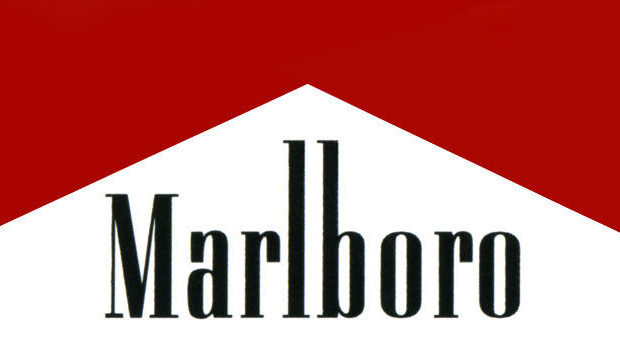Marlboro Branding Overview
Marlboro Branding Overview

Philip Morris USA sculpted a brand which became a staple of young adults. Marlboro’s branding was devised through careful lifestyle and psychographic research, brand studies, and in-depth evaluation of communication effectiveness. Core similarities were identified within the lifestyle of consumers, and an appeal was originally made to their shared desire for freedom, independence, and comfort. During the brand’s establishment, a great deal of research went into the lifestyle of young adults across numerous countries. As an early leader among cigarettes, Marlboro was one of the first major brands to begin using brand image associations in a manner similar to The Coca-Cola Company. The use of sense-triggers such as smell, scenes, and experiences shaped Marlboro to resonate with youth from every aspect of life.
The Marlboro Man – The Most Successful Campaign Ever
The Marlboro Brand was created in 1924 and began its marketing effort under a feminine image. This conservative and safe marketing approach carried Marlboro to the 1950s. Subsequently, Philip Morris sought out a more lucrative market pursuant to awareness being raised to the connection between smoking and lung cancer. An aggressive white and red design was devised, featuring new packaging better suited to males. Soon after, the ‘Marlboro Man’ was born. This furthered the brand’s recognition among young men, and was the start of the most successful branding campaign in the history of the tobacco industry. Through intelligently intertwining Marlboro with the influences of a rugged male lifestyle, the company captured fourth place in U.S. markets within just one year of launching the Marlboro Man campaign.
Marlboro’s Fixed-Focus Marketing
Ever since 1972, Marlboro has held the top-spot for the most popular cigarette brand in the U.S. A combination of archetypal marketing and visual semiotics has rewarded Marlboro with a market share that is second to none. Marlboro has managed to establish itself as a representation of liberty, universal masculinity, and independence. The 70s contributed to Marlboro’s brand recognition considerably due to the rapidly expanding ‘Marlboro Country’ campaign. It capitalized and expanded on the popularity of the Marlboro Man, and the values it encompasses. Ever since switching their target demographic from women to men, Marlboro has held a firm focus on advertising to those who are already smokers, a strategy which has never failed them.
Global Branding Adjustments
Facing global pressure from worldwide tobacco authorities, Marlboro had to undergo subtle changes to their brand image in later years. However, the crackdown on tobacco advertising has not slowed down the growth of this titan. All the advertising bans appear to have done is slow down the competition. The brand retains its popularity through a combination of sponsorships and intelligent advertising. Since 1972, Marlboro has held numerous motorsport sponsorships, driving sales through big-budget advertising. This has contributed towards its worldwide recognition. Marlboro has made some bold moves to stay ahead of their competition. On April 2, 1993 Phillip Morris cut the price of Marlboro cigarettes by 20%. This day officially became known as ‘Marlboro Friday’. Fortune Magazine felt this was the day “the Marlboro Man fell off his horse”. Yet, their projection could not be further from the truth, as the brand reclaimed their dominance in global tobacco markets, and has been the top selling brand for ten years consecutively.


















































